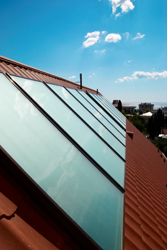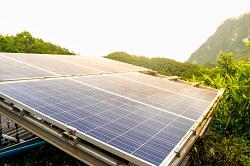Optimising energy output from silicon solar cells
The European Union has set ambitious goals for power production from solar energy. Current technical and financial obstacles must be overcome in order to succeed. The Energy, Environment and Sustainable Development Programme is funding research to improve the efficiency of solar technology, such as the FANTASI project addressing multicrystalline silicon (mc-Si) solar cells. The Technion-Israel Institute of Technology (TIIT), a partner in the FANTASI consortium, took on the task of optimising an etching technique called Negative potential dissolution (NPD). Texturing the mc-Si surface improves its performance, but until now has been a costly procedure. The Israeli material scientists began working with monocrystalline silicon and then extended the results to multi silicon as well as Edge-defined film-fed growth (EFG) silicon. Their experimental campaign revealed that a negative potential of -20V or lower must be maintained. In addition, they identified a maximum rate of silicon removal when the alkaline concentration of the solution was kept between 20-24%. The NPD process was manipulated to produce both isotropic and anisotropic texturing. Finally, time is a critical parameter and TIIT was able to deliver high quality results in under 60 seconds. Future efforts of TIIT and its FANTASI partners will focus on expanding the application of NPD technology and enlarging the texturing surface area.







